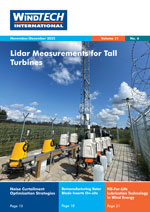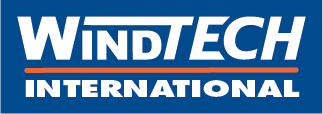Today, 80 to 90 percent of a wind turbine’s materials can be fully recycled at the end of its operational life—a rate significantly higher than in many other sectors. However, the German wind energy associations BWE and LEE are calling for clearer rules to improve circular use of certain valuable materials. A proposal under discussion in the Brandenburg state parliament, submitted by the AfD party, is criticised by the industry as misleading. The proposal suggests chemical recycling methods such as pyrolysis and solvolysis, but these are energy-intensive and not economically viable for wind turbine blades.
Wind turbine blades are made from glass fibre reinforced plastics (GFRP), and to a lesser extent carbon fibre reinforced plastics (CFRP), to ensure strength and flexibility—similar to materials used in aviation and the automotive industry. While GFRP can be reused in applications such as cement production, there are currently no established processes for recycling CFRP in a material-preserving way. This issue also affects other sectors, including aerospace, marine, automotive and sports equipment manufacturing.
Sebastian Haase, managing director of LEE Berlin-Brandenburg, stresses that neither GFRP nor CFRP in blades are classified as hazardous waste. Instead, these are valuable raw materials, and both industry and research institutions in Germany and Europe are actively working on recycling solutions. He warns that the AfD proposal is not aimed at environmental protection, but rather intended to obstruct wind energy development.
The national wind energy association BWE argues that new federal-level regulations are needed to replace inconsistent regional policies. In a recent statement, BWE called for:
- A unified classification system for composite waste materials
- Standardised best-practice guidelines for dismantling turbines
- A dedicated waste code for GFRP and CFRP to regulate handling
- A ban on exporting used blades to prevent illegal disposal abroad
- Harmonised recycling standards across Europe to close regulatory gaps
Meanwhile, rotor blade manufacturers are also developing technical solutions to improve recyclability.










